An agreement signed today will see Salini being transferred by the Government of Malta to BirdLife Malta who will now be responsible for the management of the site. The Heads of Agreement (HOA) was signed during a ceremony at Salini this morning.
Currently BirdLife Malta already manages a number of natural sites that were entrusted to it by Government following the NGO’s work towards habitat restoration for biodiversity in these areas. These are Għadira Nature Reserve in Mellieħa, Simar Nature Reserve at St Paul’s Bay and Foresta 2000 which is a large expanse of afforestation in the north of Malta. Now, following the success at these sites BirdLife Malta is also being trusted with the management of the Salina Salt Pans site.
Today is only the first step towards the transfer of the site with all parties now engaged to establish the general framework on the basis of which the Management Agreement is to be finalised.
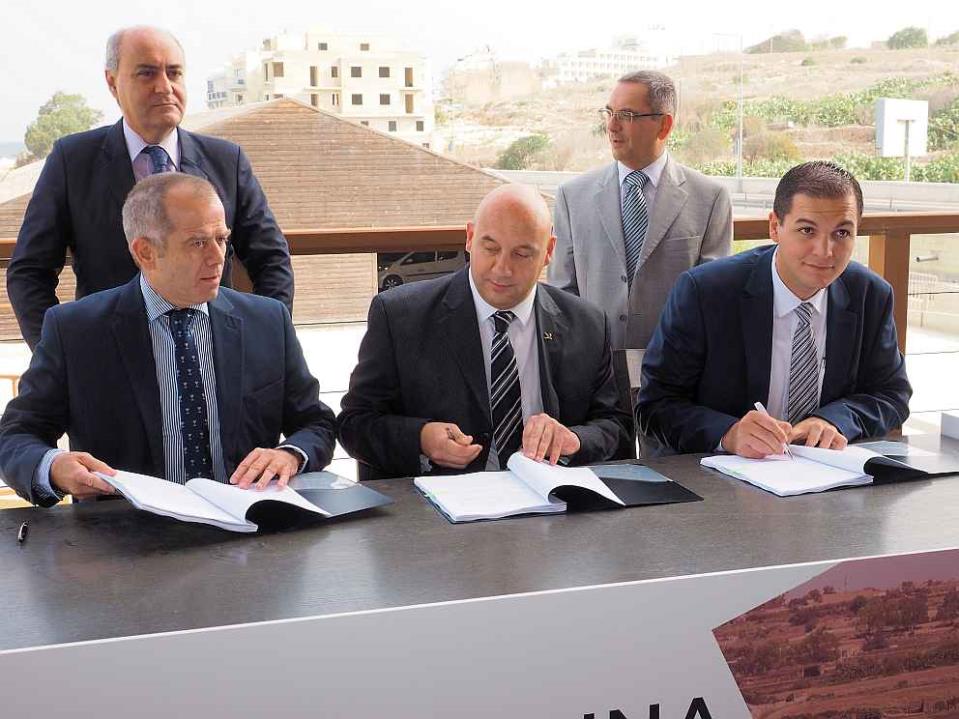
The Salina Reserve will not only be BirdLife Malta’s largest land management project but also the largest nature reserve in Malta with a history linked to salt production. One is hopeful that the public will now be able to enjoy new bird species that are attracted to the area and maybe even breed there.
The site’s potential to attract birds has been proven repeatedly by birds alighting in the salt pans to rest during migration, among which the most spectacular flamingo – a bird synonymous with salt pans, especially in the Mediterranean.
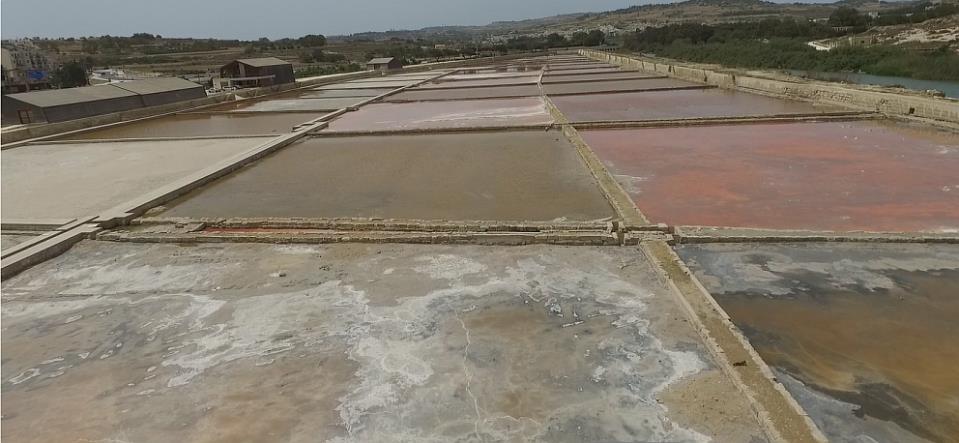
The Salini site in Burmarrad is a protected area forming part of the Natura 2000 network and was also declared a Special Area of Conservation (SAC). Endemic flora and fauna can be found in the area. The Salini Salt Pans were constructed by the Knights of St John in the 16th century and the site was rehabilitated with the help of European Union funds.
The complex also includes three timber huts which were reconstructed on the same style of the original ones built by the British in the eighteenth century for salt production. One of these is the Visitors’ Centre.
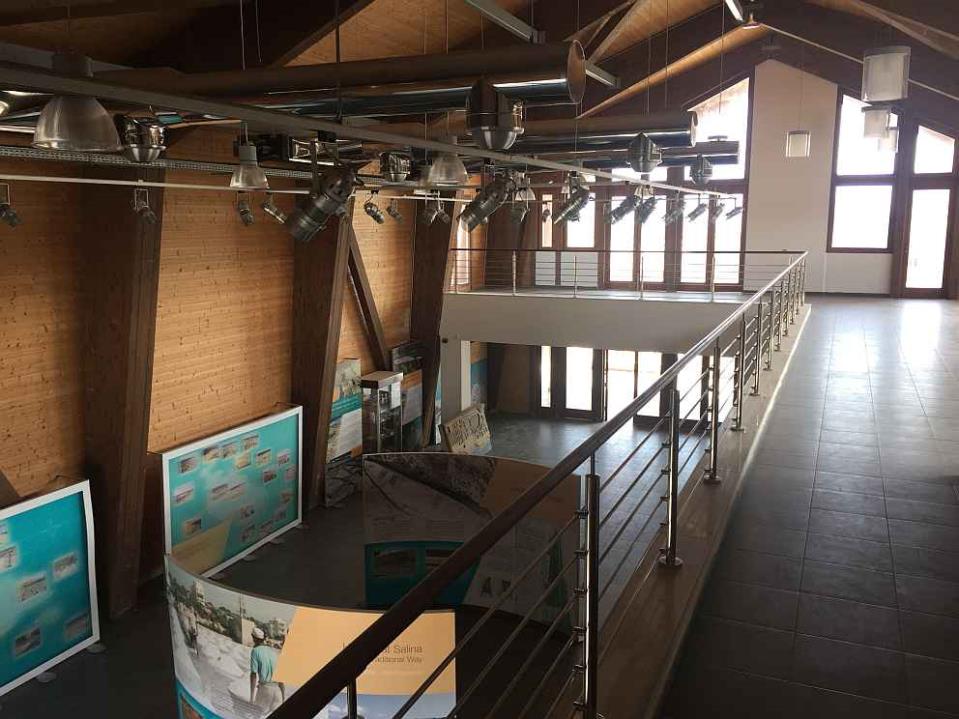
It also includes the Ximenes Redoubt which was originally constructed in 1715/16 during the reign of Grand Master Perellos as part of the Knights’ strategy of defending the Maltese islands against invasion with a network of coastal fortifications.
During the course of the 18th century the redoubt was partially converted into a salt magazine. Grand Master Ximenes added a second warehouse to the complex to increase its storage capacity.

In his speech for the occasion, Minister for Sustainable Development, the Environment and Climate Change Josè Herrera stated that today the Government is sending out another positive signal that it believes in Malta’s environmental NGOs. Herrera said that history is being written as it was written when thirty years ago the management of Għadira and Simar nature reserves was entrusted to the same NGO.
He praised BirdLife Malta for proving how competent and professional it is along the years in managing projects on a national scale.
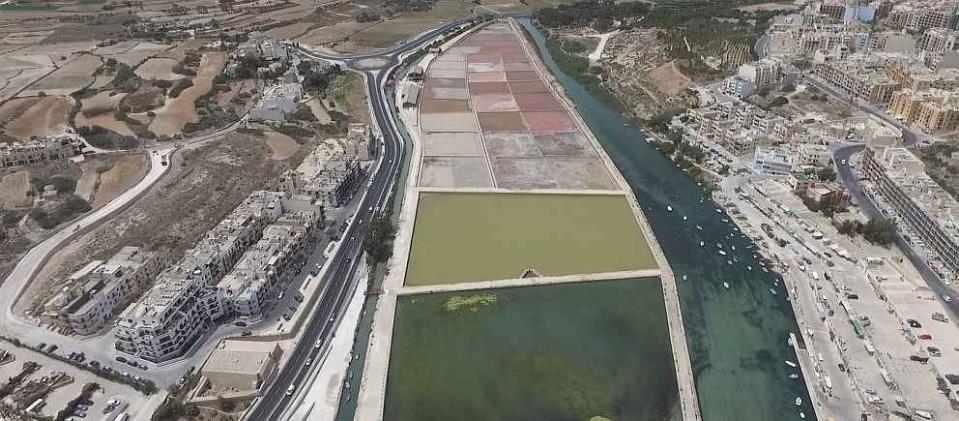
He also said that BirdLife Malta realised it had to update its structures to continue growing so that it could invest more in its mission to instil a love for nature in the Maltese Islands.
Minister Herrera announced that in the coming days Salini will host a series of activities to make it a popular destination with Maltese and tourists alike as this was a project which srengthened biodiversity in Malta whilst at the same time will portray the history of Salini through the Visitors’ Centre.
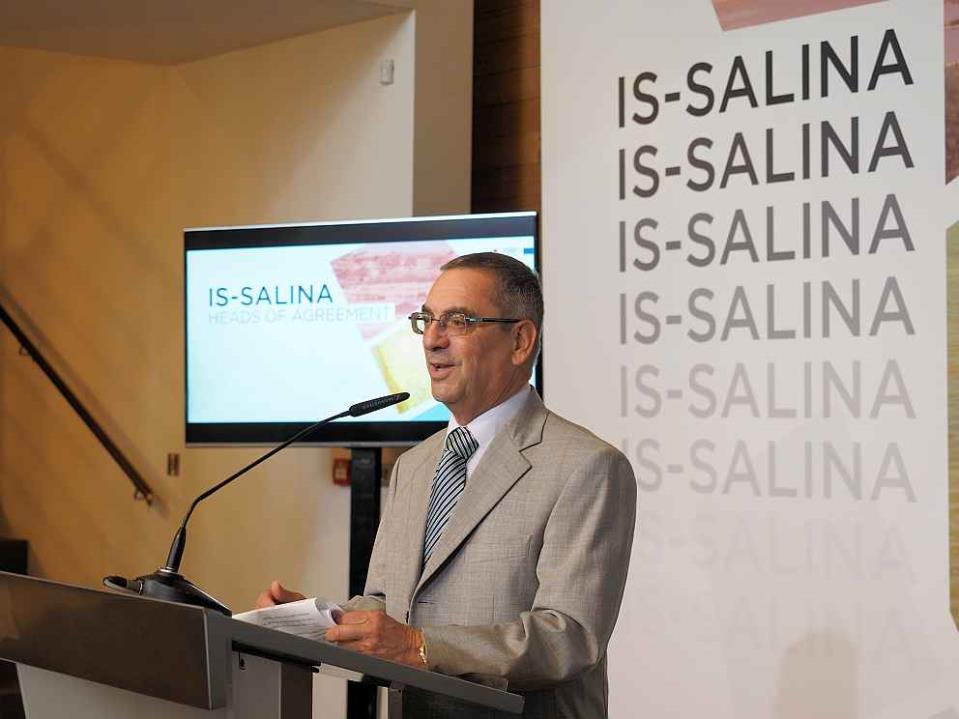
Minister for Transport and Infrastructure Joe Mizzi explained that the Salina Rehabilitation Project – Conservation of Natural and Cultural Heritage was a €7 million project partially financed by the EU under the Agricultural Fund for Rural Development 2007-2013 covering 154,000 square metres.
He said that the project was completed during the last three years with intensive works carried out on the restoration of the salt pans, that of Ximenes and the fougasse which was discovered, the reconstruction of the three huts which had deteriorated and which were rebuilt in a way to respect the surrounding environment, the rehabilitation of the salt marsh and the cleaning of the garigue.
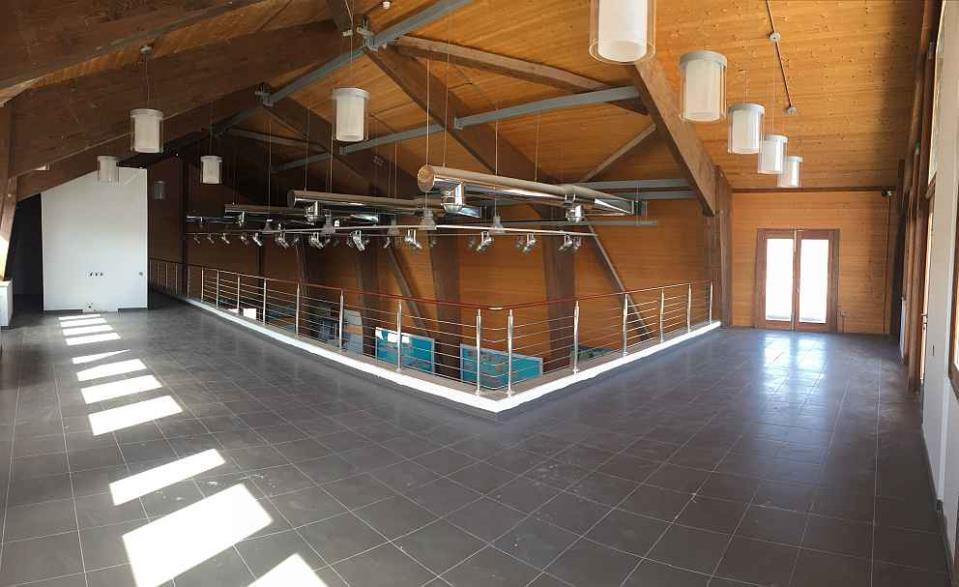
He concluded by stating the whole point of this project is to rekindle the salt production trade and to transform the site into an attraction for locals and tourists who can appreciate its potential – be it natural, cultural or archeological.
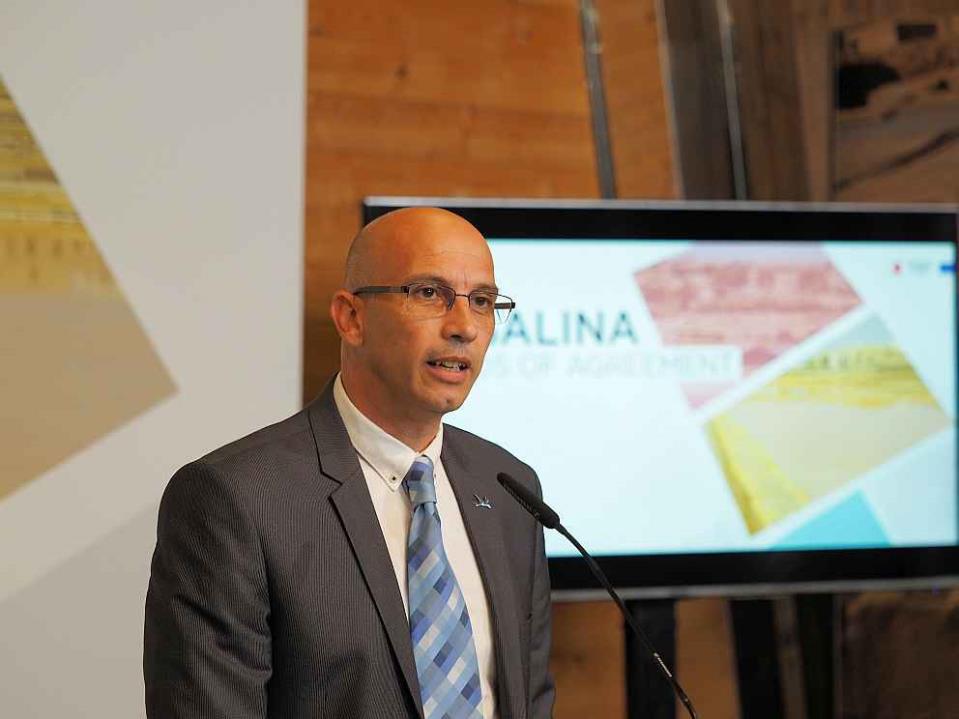
BirdLife Malta’s CEO Mark Sultana said that today’s historical occasion shows the level of trust the Government has in BirdLife Malta, and the NGO welcomes this with all the responsibilities it carries with it. He spoke about the need of protecting the limited natural heritage the country has and also called for more awareness about nature in Malta.
Mark Sultana stated that BirdLife Malta will not hesitate to speak out when things are going wrong but is also ready to continue cooperating with the government so that Malta can reach its environmental targets. He also explained the importance that environmental protection is not limited to nature reserves but is put into practice in a much broader sense.
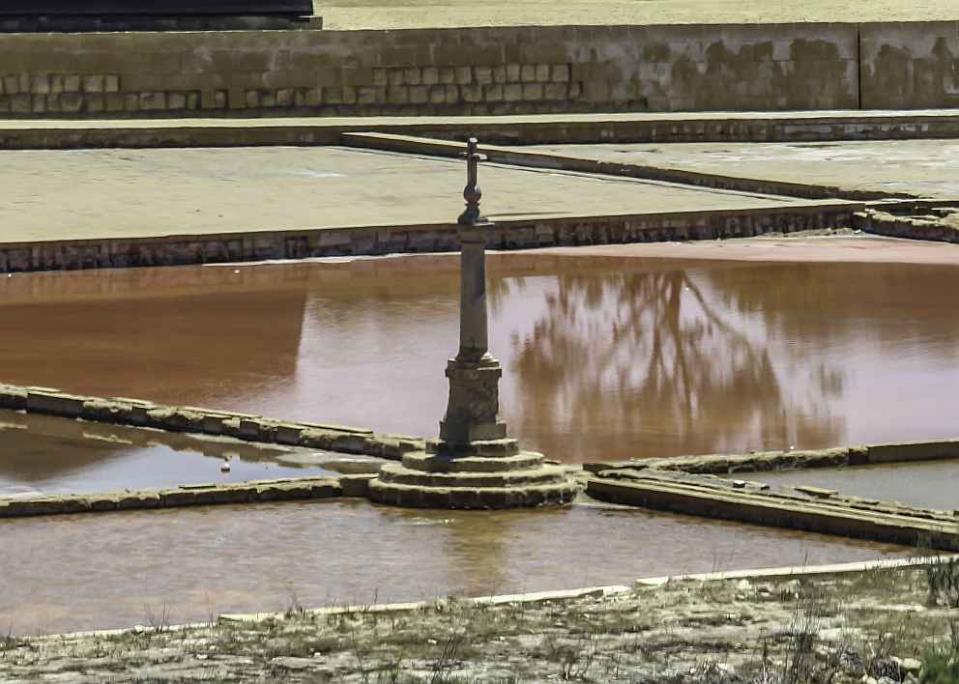
It is BirdLife Malta’s intention to open the site to the general public. The first opportunity for the public to visit the site will be in November when an open weekend is being planned.